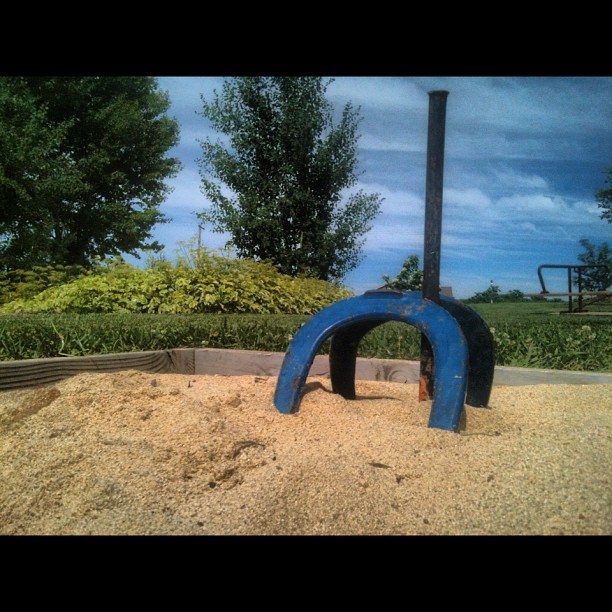Vineyard Update
The 2012 vintage has begun and so far it is looking good. An early bud break and a close-call escape from the late spring frosts puts us well ahead of last year. In fact we are about a week ahead of average and nearly three weeks ahead of last year! The early warm weather brought some quick and vigorous growth while a cool period during the end of June seemed to time perfectly with bloom (pollination). We seem set for an amazing vintage with little worry about any early fall frosts.

Although the 2011/12 winter was fairly mild, we did experience a little bit of winter damage that is so inherent to growing vinifera in Idaho. While the Muscat Canelli and Riesling were virtually unscathed, we saw the greatest loss in the Pinot Noir (~20% mostly the Dijon clones) and Syrah (~50%). There was slight damage in the Chardonnay as well (less than 5%). The word around the Snake River Valley is that Merlot, Pinot Gris and Chardonnay were hit the hardest with up to 80% loss in some vineyards. Very strange considering the mild winter. Maybe it was the early spring or the late fall harvest of 2011, or both. Here is a pile of some dead Pinot Noir vines (Dijon Clone 777), sad site to see…and, yes, Dahlia is mostly just concerned with her ball.

When the vines die, most of them grow back from the roots, suckers as we call them. We’ve spent most of June retraining them into trunks and “adult vines” and while they will not produce fruit this year, all is not lost, they will produce a near normal crop in 2013. Although, there are always a few vines that do not survive at all. The winter kills them to the bone, or in this case, to the roots. When this is the case we must replant with baby plants. These are one year old starts that will produce fruit as early as 2014 and in reality probably not a full crop until 2016 or 2017, which will make wines for release in 2019 or 2020. Patience is a virtue in the wine industry.

When we plant these babies (pun intended) we cover them with little white boxes called “grow tubes”. This forces them to grow in a vertical fashion while keeping most of the weeds, such as Morning Glory (bindweed), from out-competing the vines.

On top of ripping out dead vines and replanting new ones, canopy management has been a primary concern. As the vines grow they become very bushy on top.
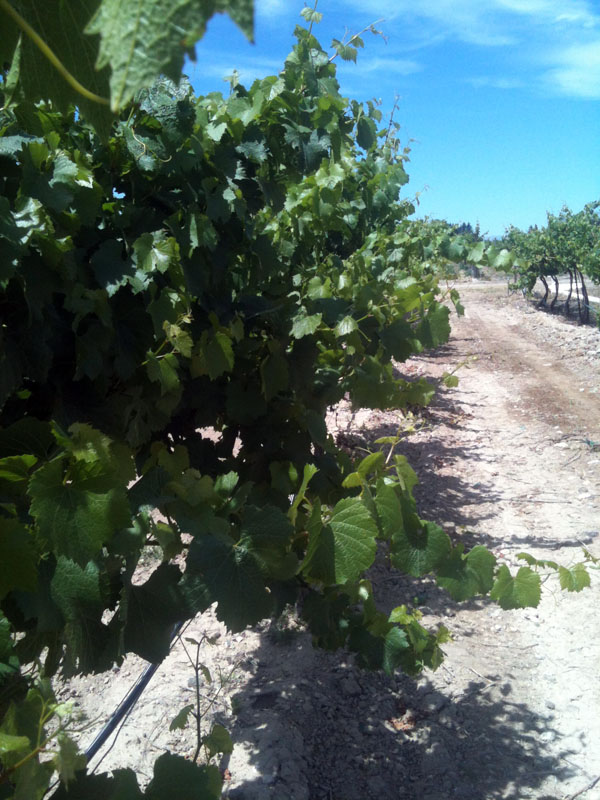
After a bit of shoot thinning (removal of some of the growth) and tying up the shoots vertically, a cleaner canopy allows for less pests, mildew and disease, not to mention better ripening come fall time.
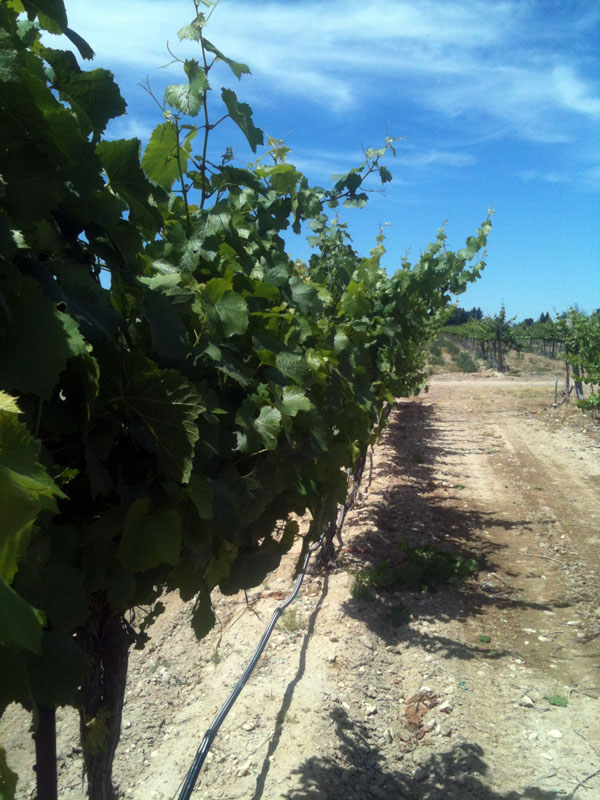
Currently the vineyard is at a key stage in the vintage. Bloom is just ending in all the varieties and fruit set is just beginning. The small amount of Cabernet Sauvignon that we have planted is always the last to bud out, bloom, ripen and harvest. Here is some Cab just finishing bloom and breaking into fruit set (berry formation).

On the other hand, Muscat Canelli is always ahead of the game in all aspects. As you can see here, fruit set is well underway. Next step verasion!
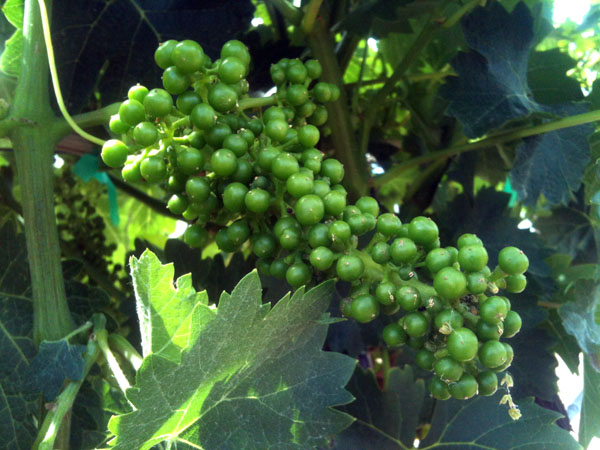
Not all that is newsworthy is in the vineyard. The gardens at the winery are looking amazing. Mama Mui retired this year and has been full-time and a half in the gardens keeping them more beautiful than ever. The lavender this year has been amazing thanks to warm June temperatures.
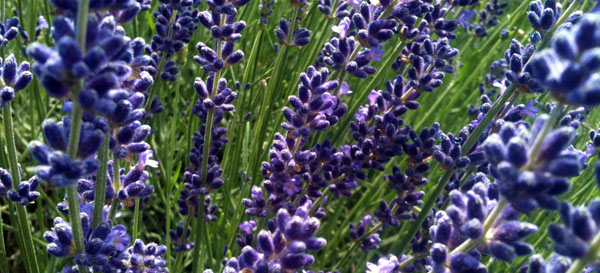
The Lilly’s are always amazing.
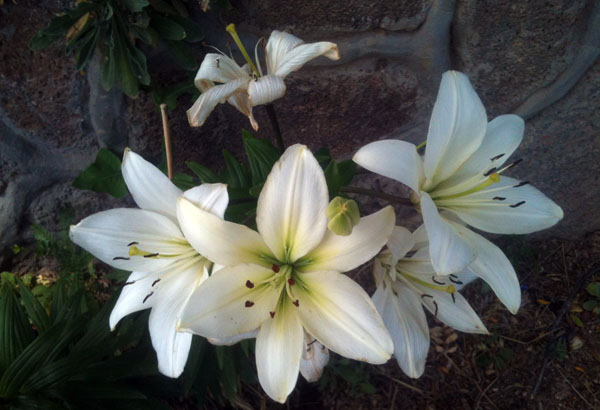
And the Dahlias! If you know Indian Creek you know that, besides the vino, we are known for our Dahlias. This year we got a head start with a newly built greenhouse by the awesome Bill Stowe. Dahlias in June in Idaho? This photo was taken on June 27th, time will tell…

On a final note, the winery now has a permanent horseshoe pit, come on out and have a glass on wine while pitching the shoe.
